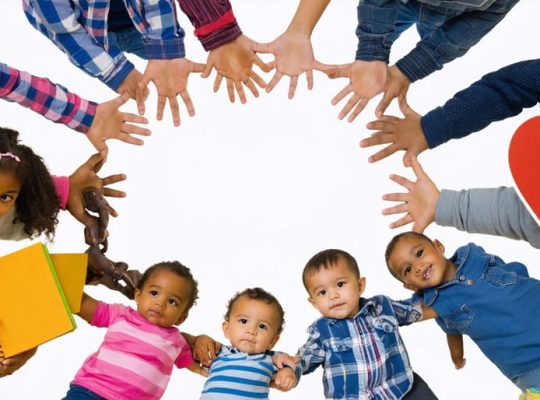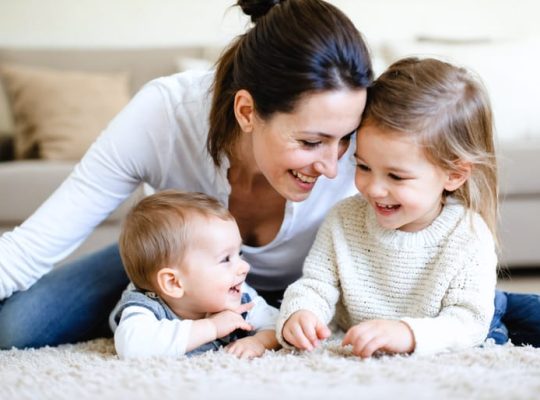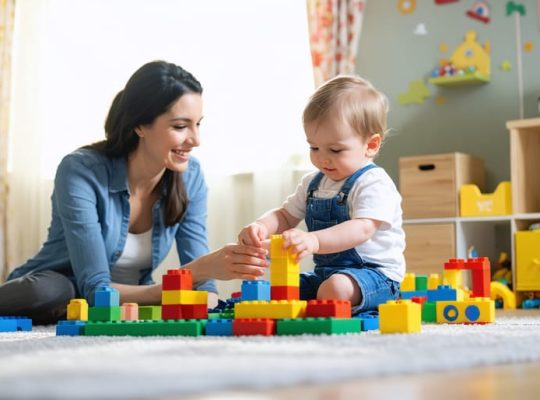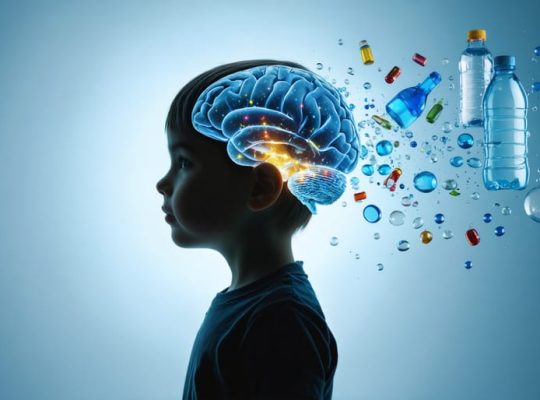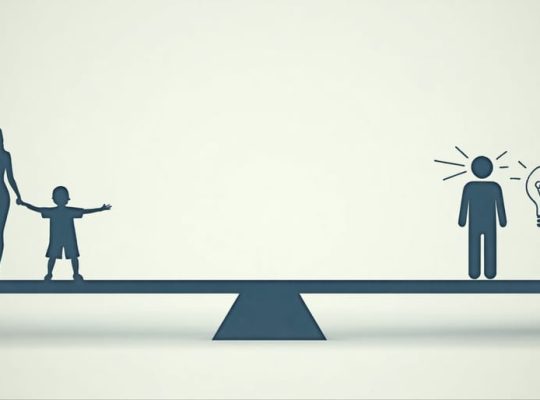AI Tools Are Transforming How Pediatric Psychiatrists Diagnose Autism – What Parents Need to Know
When a child shows signs of autism, finding the right pediatric psychiatrist becomes a crucial step in securing effective early intervention and support. Modern diagnostic approaches have revolutionized how specialists identify and treat autism spectrum disorder (ASD), combining traditional clinical expertise with innovative assessment tools to provide more accurate, timely diagnoses for children.
Today’s pediatric psychiatrists specializing in autism bring together developmental psychology, neuroscience, and behavioral analysis to create comprehensive treatment plans tailored to each child’s unique needs. These experts …





